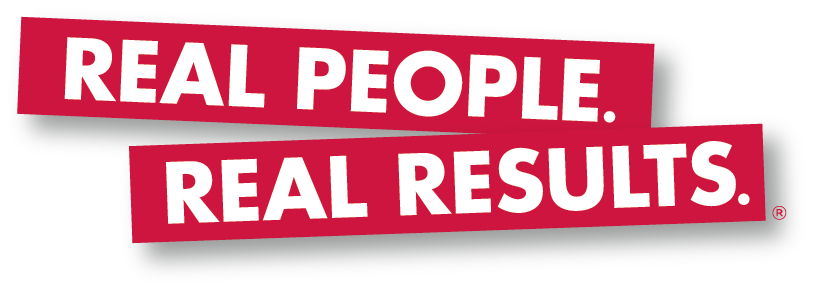It is important to recognize and reward your teams regularly. Whether through promotion, bonus payments or other perks providing recognition can help you grow a productive work environment. In most businesses, employees that meet all their key performance indicators and achieve very high performance are likely the ones getting promoted and rewarded. Businesses have very specific ways to measure and track performance. There are metrics, scorecards and dashboards are available to track individual progress and results. Traditionally the biggest winner gets the prize and you might be promoting toxicity within your organization.
So, what’s wrong with promoting based on results? Nothing, if it is not the only measure a business leader needs to consider. If you are only focused on those with the highest results as potential candidates for promotion you are likely missing others in your organization who would serve you better in the long-term.
Shocked? You should be. Consider this…
Why are high performers not always the best option for upward mobility? They may be, but as a business owner you need to consider other factors. Simon Sinek, best-selling author and TED Talk favorite recently related his experience when he worked with the U.S. Navy Seals. He asked then what factors they consider when deciding who is promotable in their ranks. In his work with the Seals he discovered a second vital factor critical when selecting who to promote.
The Navy Seals evaluate candidates on two measures; Performance (skills and results) and Trust (character and behaviors). Check out this graph.
It’s clear that those with low performance and low trust (the yellow box) can be easily eliminated from contention. Also those identified as high performers and high trust are natural candidates for the next level (top right box), but they are rare. So who else is the best contender for promotion? There are team members on other levels that require further scrutiny.
The Seals evaluating performance on the battlefield. High stress and life or death decisions are made in seconds, so accuracy and trust are equally important to them. As Sinek recalls, “They may trust you with their lives but not with their money of their wife.” Seem pretty cut and dry. Trust and character weigh heavily in the decision to promote in a Seal team because they must be sure that the next promoted members has the qualities to lead.
In traditional businesses life and death decisions are rare but evaluating the character of an employee is becoming a critical factor to ensure teams function at the highest level.
The issue is that most businesses have little or no infrastructure in place to measure a team members trustworthiness and character. These intangible characteristics which are often are not measured by a traditional metrics are often overlooked or discounted. Sinek and the Seals believe that is a mistake.
If you are only promoting individuals based on the high-performance axis, you are likely promoting a toxic person. These contributors often don’t offer long-term value for an organization because they don’t play well with others and more importantly they don’t live all the values of the organization. Most teams can identify these individuals quickly. They get results, but leaves a line of bodies in their wake. These high-performer’s WHY (their core values) is very different from the core mission and vision of the organization. Therefore, they don’t translate into productive or inspiration leaders because they don’t demonstrate empathy, don’t have adequate listening skills etc…
The U.S. Seals tend to consider the medium or low performers with high trust factors because they believe that skills to get results can be coached or trained. Trust is trait that must be a part of the individuals DNA. The WHY an individual behaves or contributes to the organization is more important than the bottom-line results. “Sinek said trust equates to personal character – for example, whether someone will “have your back” when the chips are down and whether they exhibit humility, empathy and patience.”(Huebscher, 2019). These characteristics are found in teachers and inspirational leaders. Why wouldn’t you want to promote those qualities in your organization?
Missing in most organizations is true leadership training. “We don’t train people how to lead, Sinek said. We need training that covers how to listen, be effective at confrontation and how to give and receive feedback” (Huebscher, 2019). We focus on tasks and activities instead strategic and critical thinking skills as measures of success,, that are much harder to teach and learn if you don’t have the right level of emotional intelligence within your team members.
https://www.cio.com/article/3104994/5-types-of-toxic-team-members-and-how-to-handle-them.html#slide6
There are other types of toxic team members that can infiltrate your organization and often go unmanaged. These toxic team members can be classified as;
- False Promiser– Not only are these team members always trying to please their supervisor with a “can do” attitude they often don’t deliver. They leave projects incomplete and rely on other team members pickup pieces or cleaning up what’s left behind.
- Along for the Ride – These team members often lack accountability or ownership of task or projects and push responsibility to other team members while still wanting to take credit for the positive results.
- I Did it! – Craving the limelight, these team members will take credit for everything even when they personally didn’t actually contribute to the results. They are fast to point out other’s shortcomings and missteps to separate themselves from the herd.
- Whine with cheese– Unhappy and unsatisfied, these toxic team members criticize and point fingers. They don’t contribute to finding solutions however, and would rather complain and focus on the what they can’t control.
- The Lone Ranger– These team members likes working alone and while that’s is not a bad thing, it can turn toxic when this Lone Ranger goes rogue to find individual results or glory instead of contributing to the team goals. They may undermine the team to reach personal milestones or recognition.
Building a winning team is very hard and retaining talent is vital for long-term success. Considering both results and character when handing out raises, or recognition will help you remove the toxicity in your group. Consider adding 360 Assessments or peer reviews as part of your development plans. Ensure that your team has time to work on their interpersonal skills as well as their technical skills.
So ask yourself… Are you a Toxic Avenger or a Toxic Enabler?






